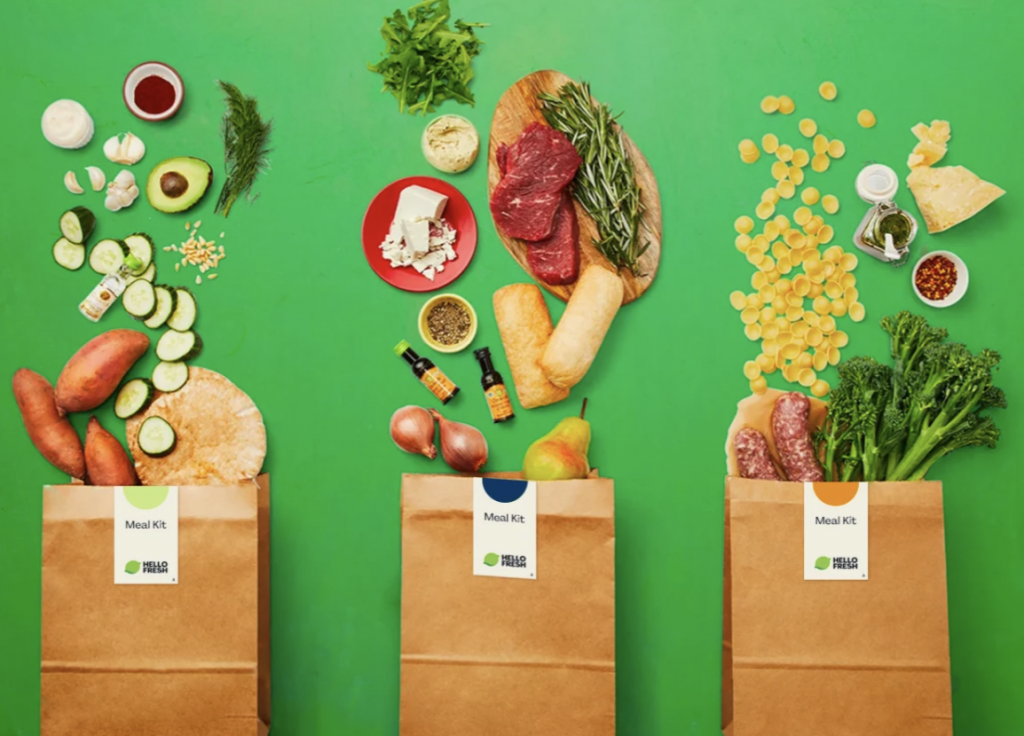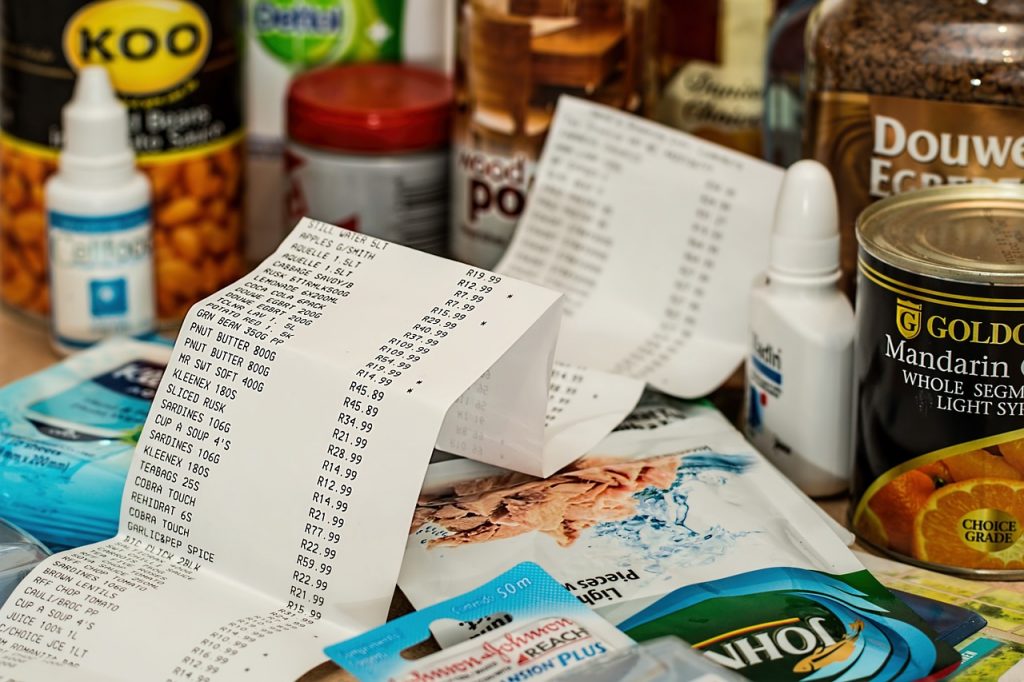Why You’ll Soon Pay Even Higher Food Prices For Grocery Staples
Food prices are soaring and there is no end in sight.
This article is more than 2 years old

Prices for every consumer good imaginable have been skyrocketing to unseen highs as inflation continues to permeate the nation’s economy. Food prices have been particularly susceptible to surging costs due to production limitations and product shortages that continue to upend the supply chain. The result? Food prices are astronomically high, which we all know because we are seeing it every time we set foot in a food store. However, food prices are now going from bad to worse. According to Food & Wine, regrettably, soon you’ll be doling out even more money to purchase your chicken, eggs, and every other grocery staple you can think of.
The disappointing news came out of a monthly update issued by the United States Department of Agriculture (USDA) that revised their previous predictions of how much food prices are expected to increase over the course of the rest of the year. The USDA provided figures that they drew from examining 11 food and six aggregate categories. The adjustments were issued as a result of the overall 0.9% increase in “economy-wide inflation” in the United States. Excluding only fresh vegetables, food prices are expected to go up by percentages between 4.5% and 5.5%.
Breaking it down further, food prices for food purchased for consumption outside the home are expected to surge up to 6.5%. Food prices for food purchased in groceries stores intended to be cooked and consumed at home fared a little better. In that category, prices are only expected to increase by a minimum of 3% and a maximum of 4%.
However, while the overall outlook food prices for food purchased with the intention of consuming it at home is slightly more attractive than the former category, pointing a lens to specific items in the grocery store paints a more concerning picture. The cost of poultry products, for instance, is expected to soar by up to 7%. Mathematically, this means if you typically pay $10 for a family pack of chicken you will now pay $10.70 for that same pack.

On the surface that may not seem like a huge difference. However, if you buy chicken every time you go to the grocery store and you are going to the grocery store about 3 times a month that equates to an additional $2.10 each month just for chicken alone. Over the course of a year that amounts to an increase of $25.20 for just chicken.
Moreover, if you consider the food prices increase for all of the other products you would include in your grocery order then the extra cost starts to add up super quickly. For instance, if you were paying that $2.10 extra per month for every product and you typically buy about 25 products per order then your grocery bill each month will increase by $52.50. At the end of the year, you will have paid an additional $630 for groceries. For many Americans that is just not sustainable.
All of this information is made further concerning because should the USDA’s predictions on food prices come to pass, costs will exceed the pivotal junction that they had reached during the Great Recession of 2008. There is some flicker of hope, however. The USDA did remind the public that their projections are always subject to change. Still, judging by how strongly inflation is gripping the nation any changes in a downward direction will likely be negligible in the near future.






